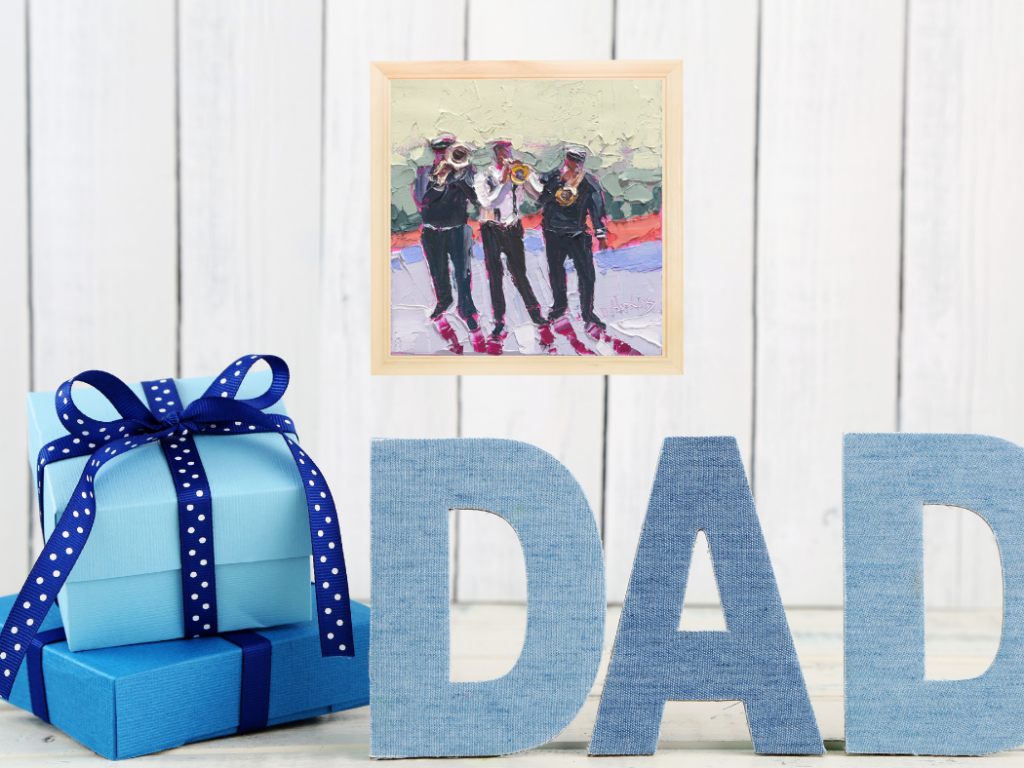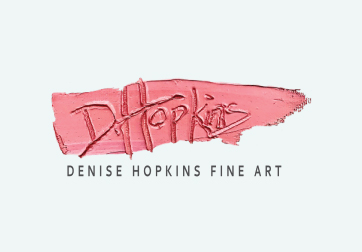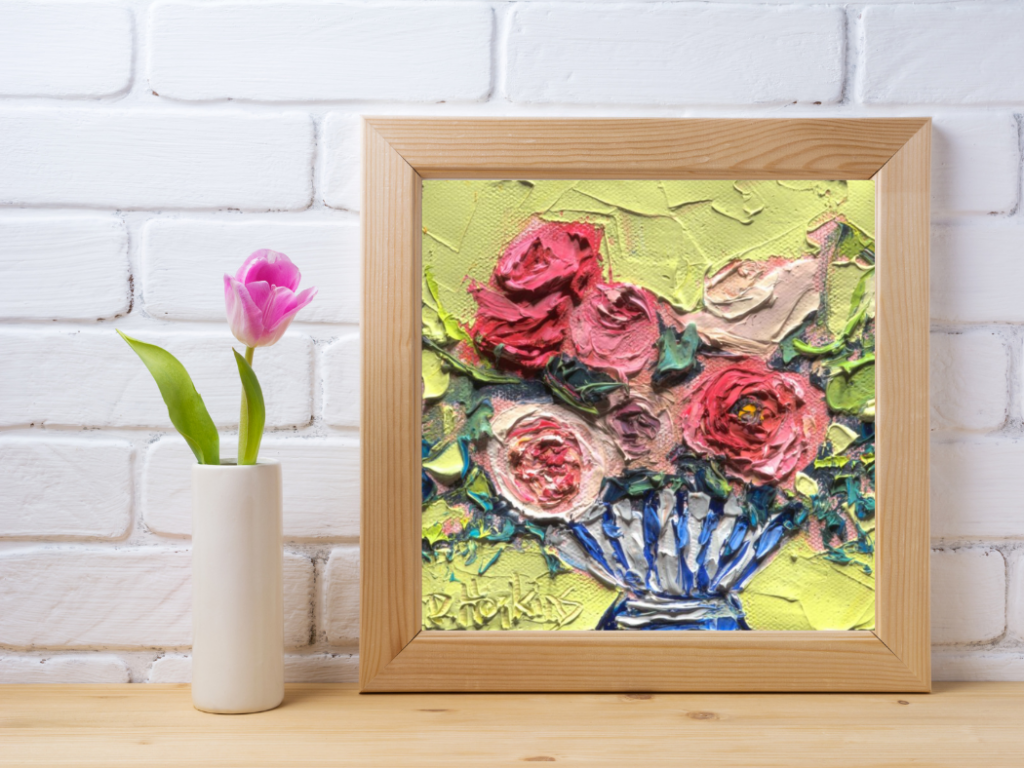Day 10. Break it Down
Home > Day 10. Break it Down
[et_pb_section bb_built=”1″ admin_label=”section”][et_pb_row admin_label=”Row”][et_pb_column type=”2_3″][et_pb_text admin_label=”Text” background_layout=”light” text_orientation=”left” use_border_color=”off” border_color=”#ffffff” border_style=”solid”]
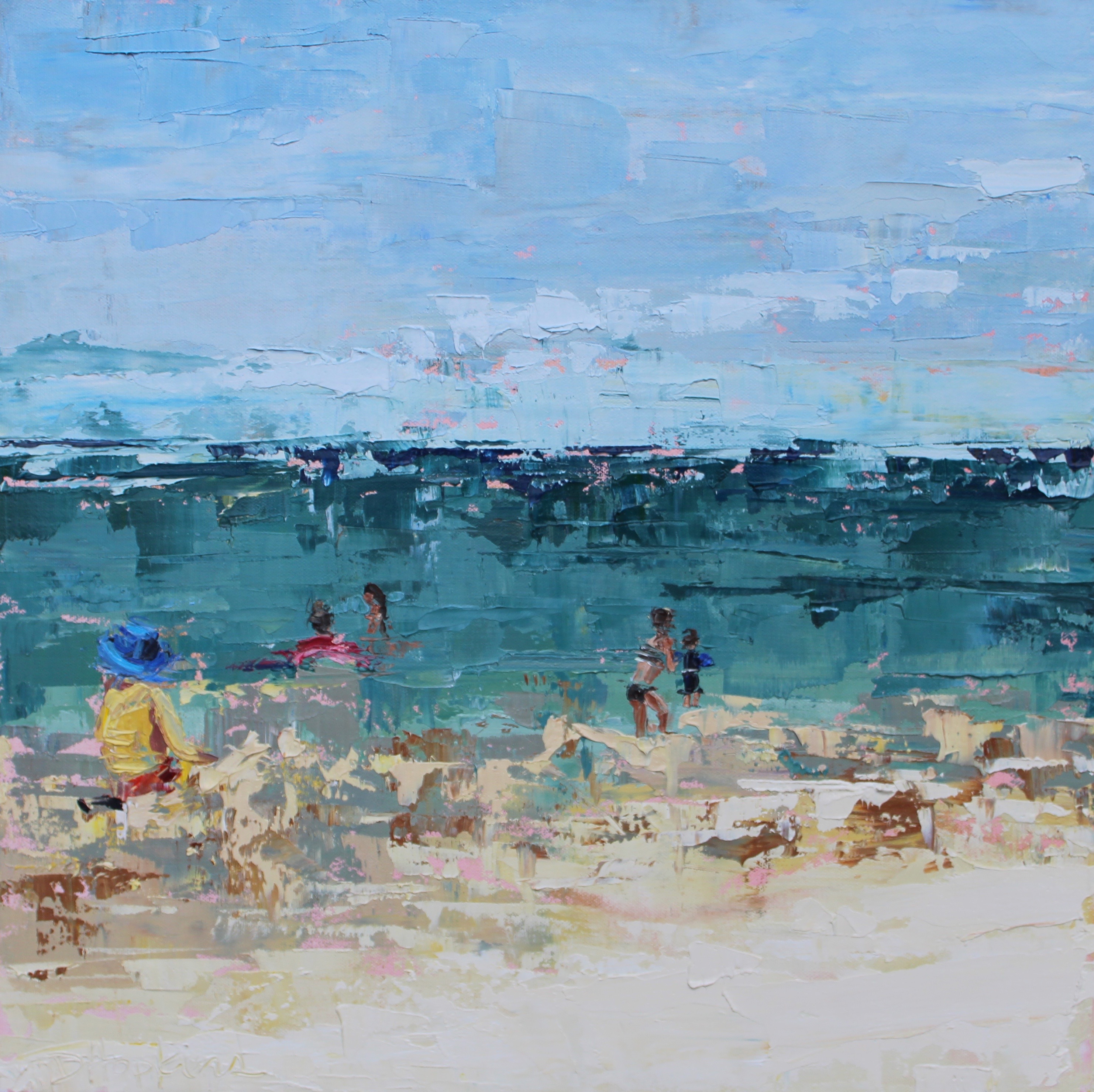
“Seagull’s View” 20×20, oil on canvas [creativ_button url=”https://denisehopkinsfineart.com/product/seagulls-view-20×20-oil-on-canvas/” icon=”” label=”Buy Now” colour=”red” colour_custom=”” size=”medium” edge=”straight” target=”_self”]
“The lessons you are meant to learn are in your work. To see them, you need only look at the work clearly– without judgement, without need or fear, without wishes or hopes. Without emotional expectations. Ask your work what it needs, not what you need. Then set aside your fears and listen, the way a good parent listens to a child.” Chapter 3, Art and Fear
When I go for a run, I mentally break it down into half mile segments. Six miles become three sets of two segments. I try to focus only on the segment I’m currently on and, if I’m on a treadmill, increase the speed on the next “segment.” Instead of saying, nine more minutes, I say, only two more segments. It gives me a ridiculous amount of comfort. Breaking things down into smaller tasks has always been my way of managing what is overwhelming.
I realized today that mentally I’ve been breaking down this month’s daily painting into segments too. 30+ paintings feels like a lot. So I’ve created segments– I only have to do fifteen. Every painting has two iterations– a small, brush version and then a larger palette knife version where I try to distort a little more, subtract what isn’t useful and emphasize what is particularly captivating. Even though it’s the same number of paintings, it feels like I’ve cut my work load in half. And I’m all about the feels.
The last section of Chapter 3 of Art and Fear is about expectations– namely, the danger of drifting into fantasy. Expectations, the book argues, should be based on the work itself: “What you need to know about the next piece is contained in the last piece.”
I’ve unintentionally taken this quite literally so far. Today’s painting is based on yesterday’s, completing segment five in the month’s challenge. I’ve removed the seagull from the composition, but I like to think she is still there, that the entire image, this time, is from her perspective.
When I started this August 31 in 31, I asked people to join in by doing one task each day for the entire month and sharing their results. Two participants are working on cleaning up, clearing out physical spaces. It’s amazing what their work has revealed– that sorting through messes was really about learning to live with them or that decluttering was not only an opportunity to throw away unused and unneeded things, but also limiting self talk and wasteful fear.
I’m convinced that doing is a prerequisite to learning, action an invitation to insight, and 31 days just a random number that makes a world of difference (even if I have to break it down into fifteen parts of two segments + one bonus).
I’m trying to learn from my friends– to put aside fears, grandiose expectations, ego and just listen to the work. What do you need? Where are we going tomorrow based on where we’ve been today?
[/et_pb_text][/et_pb_column][et_pb_column type=”1_3″][et_pb_sidebar admin_label=”Sidebar” orientation=”left” area=”sidebar-1″ background_layout=”light” remove_border=”off” /][/et_pb_column][/et_pb_row][/et_pb_section]
Denise Hopkins
August 10, 2018
Share Post
blog
Related Blog Posts
🎨 A Father’s Day Gift Guide for Every Kind of Dad (Featuring Fine Art Prints!)
Father’s Day is in a few short weeks. Celebrate the dad in your life with art this year! He has...
New Bird Minis Preview– May 2025!
9 new bird minis will be available first to my VIPS at 8am on May 3 2025. They will all be...
🎨 A Mother’s Day Gift Guide for Every Kind of Mom (Featuring Fine Art Prints!)
Mother’s Day is just around the corner, and what better way to celebrate the wonderful moms in our lives than...
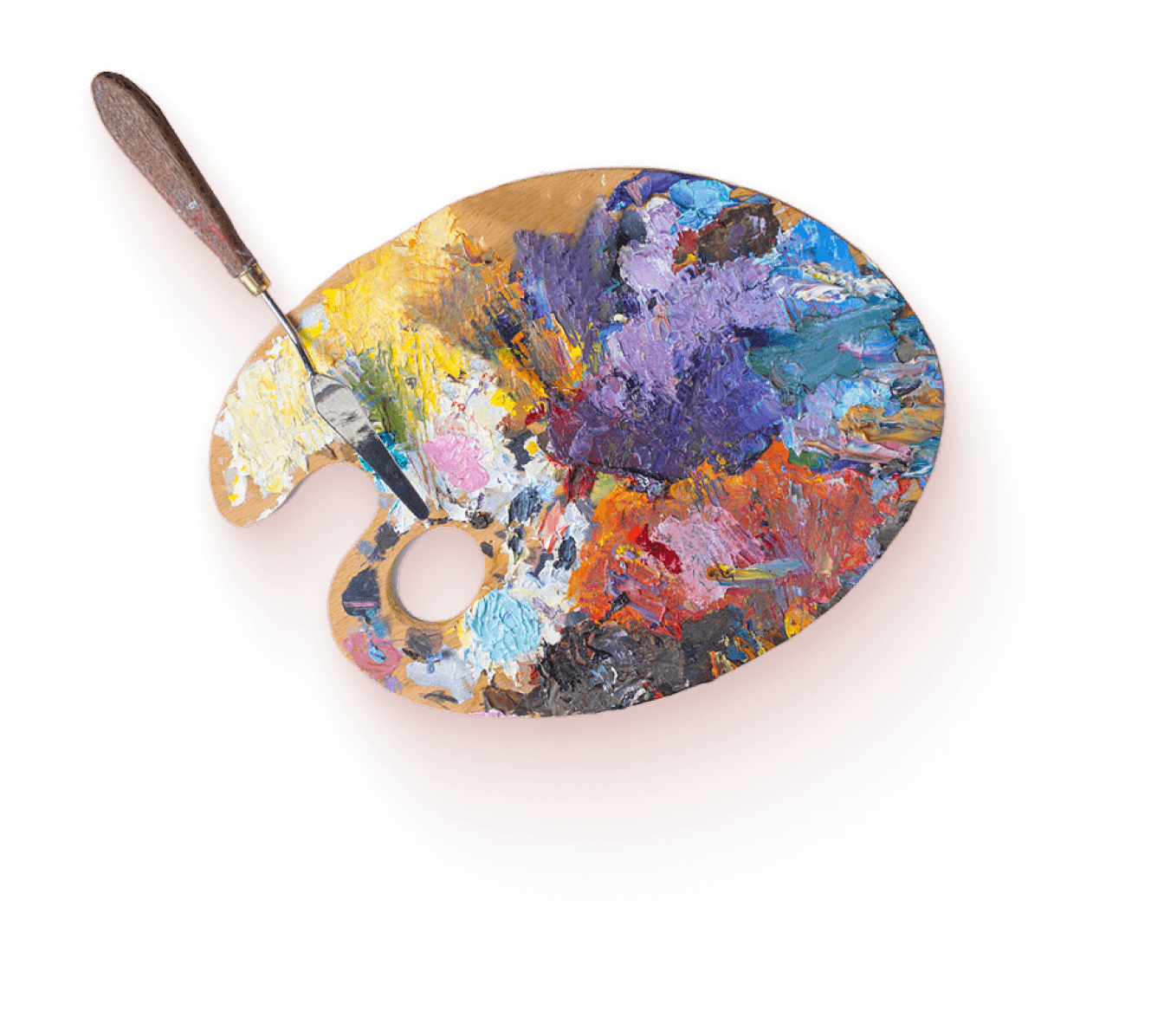
Join the Denise Hopkins Fine Art VIP Club Today
Become a member and enjoy early access to new releases, exclusive discounts, and a new wallpaper for your computer or tablet. Elevate your art journey with us.

